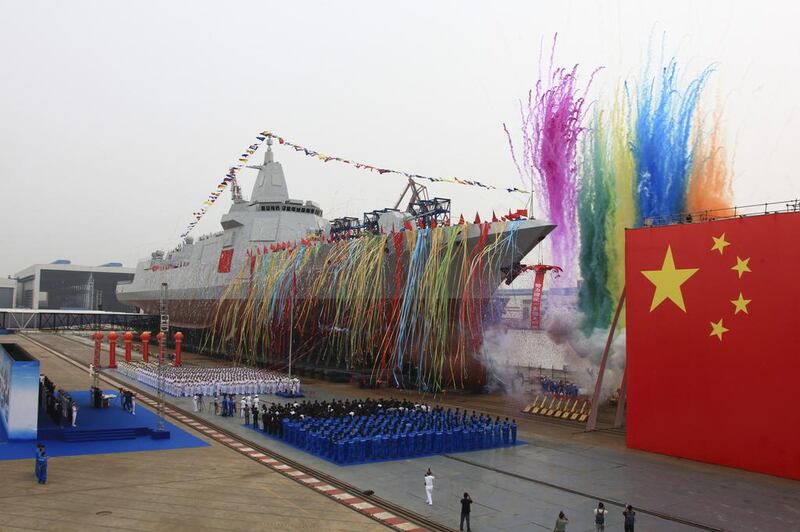The volume of trade is expected to increase in Asia over the coming years, driven by rising digitisation in economies of the Middle East and China; prompting new free trade agreements with global partners, according to a report by consultancy McKinsey & Company.
"While Mena trade ties to the West are likely to remain strong, defining and deepening mutually beneficial partnerships with Asian and African counterparts will become an increasingly critical focus area," Yassir Zouaoui, partner at McKinsey & Company, told The National.
Trade flows in developed Western markets declined as a share of total global trade to 30 per cent in 2016 from 57 per cent in 1990, while flows in Asian, Latin American and Mena markets grew to 28 per cent from 6 per cent in the same period, McKinsey said, citing figures from the United Nations’ Comtrade database. This trend is likely to continue as sources of trade growth change, according to the report.
The long-term future of trade will be shaped by rapid urbanisation, the rise of a consuming middle class in emerging economies, geopolitical complexities and the evolution of technology, which has the greatest transformation potential for global trade, it said. New technologies will shorten supply chains and facilitate faster knowledge transfer across trading nations, while the rise of e-commerce in emerging markets will contribute to larger volumes of digital trade flows. That's already evident in the Middle East where e-commerce is gathering pace with GCC online spending is forecast to grow to $20 billion by 2020, according to consultancy A.T. Kearney.
_____________
Read more:
[ DP World expects 10% growth in 2017 gross container volumes ]
[ Will China be able to stimulate global trade? ]
_____________
Meanwhile, China’s digital economy grew by 18.9 per cent in 2016 – much faster than its overall GDP growth of 6.7 per cent that year, official statistics show.
In addition, governments are devising agendas beyond traditional economic development strategies to boost focus areas, such as as the UAE’s National Innovation Strategy, which will further drive digital trade flows, the report noted.
This week Roberto Carvalho de Azevêdo, the director-general of the World Trade Organization (WTO), urged the organisation’s 164 member countries to take note of the increasing impact of e-commerce on global trade.
“E-commerce is a reality. It’s not going away,” he told the World Government Summit in Dubai. “It’s going to grow, and in ways which are different. A lot of e-commerce we see today is b2b. B2C changes the world completely.
“The laws and regulations of consumer protection have to be thought about; cross-border transactions, digital signatures, the legality of contracts across the border, which legislation applies, return of merchandise – it’s a world out there.”
As trade flows shift to the East, governments should seek to deepen cooperation through new trade agreements, but it is not clear which global powers will take the lead in this, McKinsey’s report said.
The US has historically been a key proponent of free trade, but emerging protectionism has reduced this. In the last year, the US has withdrawn from talks on the Trans-Pacific Partnership (TPP) agreement and mulled an exit from NAFTA (North American Free Trade Agreement), while China has expanded its role in trade initiatives.
Global trade picked up last year, with the latest forecasts from the WTO in September predicting merchandise trade volume growth of 3.6 percent for 2017 and 3.2 percent in 2018.





